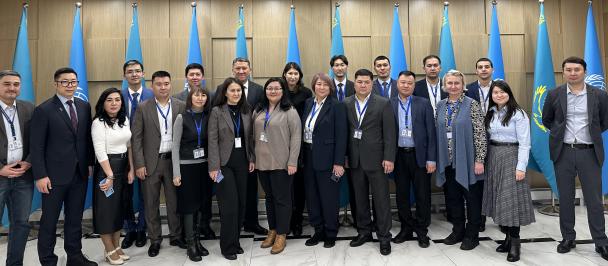Two off-road vehicles improve patrolling of large territory of protected areas in Aral Sea region
January 29, 2024
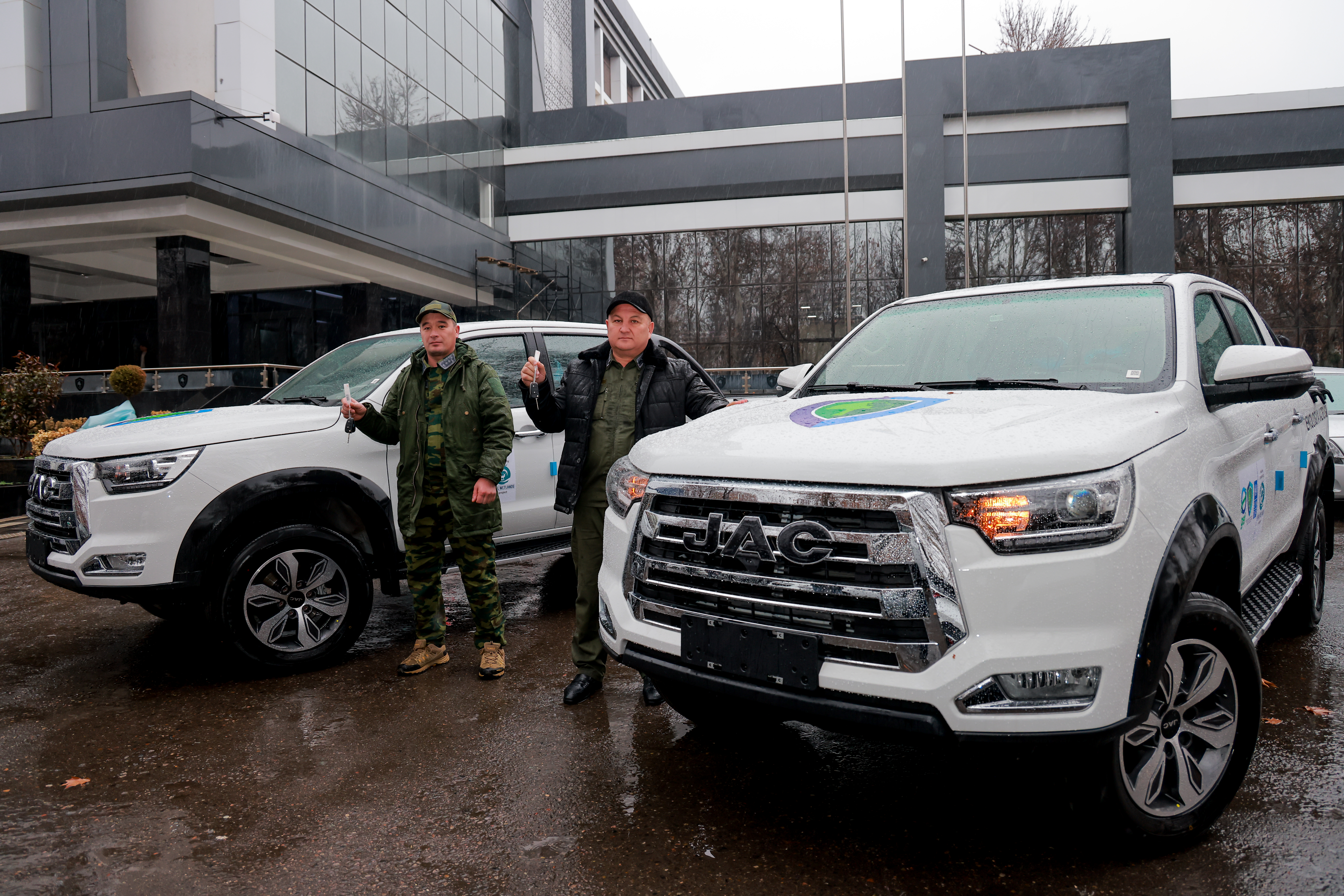
Two off-road vehicles have been procured with the Global Environment Facility (GEF) funding within joint project of the Ministry of Ecology, Environmental Protection and Climate Change of the Republic of Uzbekistan and United Nations Development Programme (UNDP) “Conservation and sustainable management of lakes, wetlands, and riparian corridors as pillars of a resilient and land degradation neutral Aral basin landscape supporting sustainable livelihoods”.
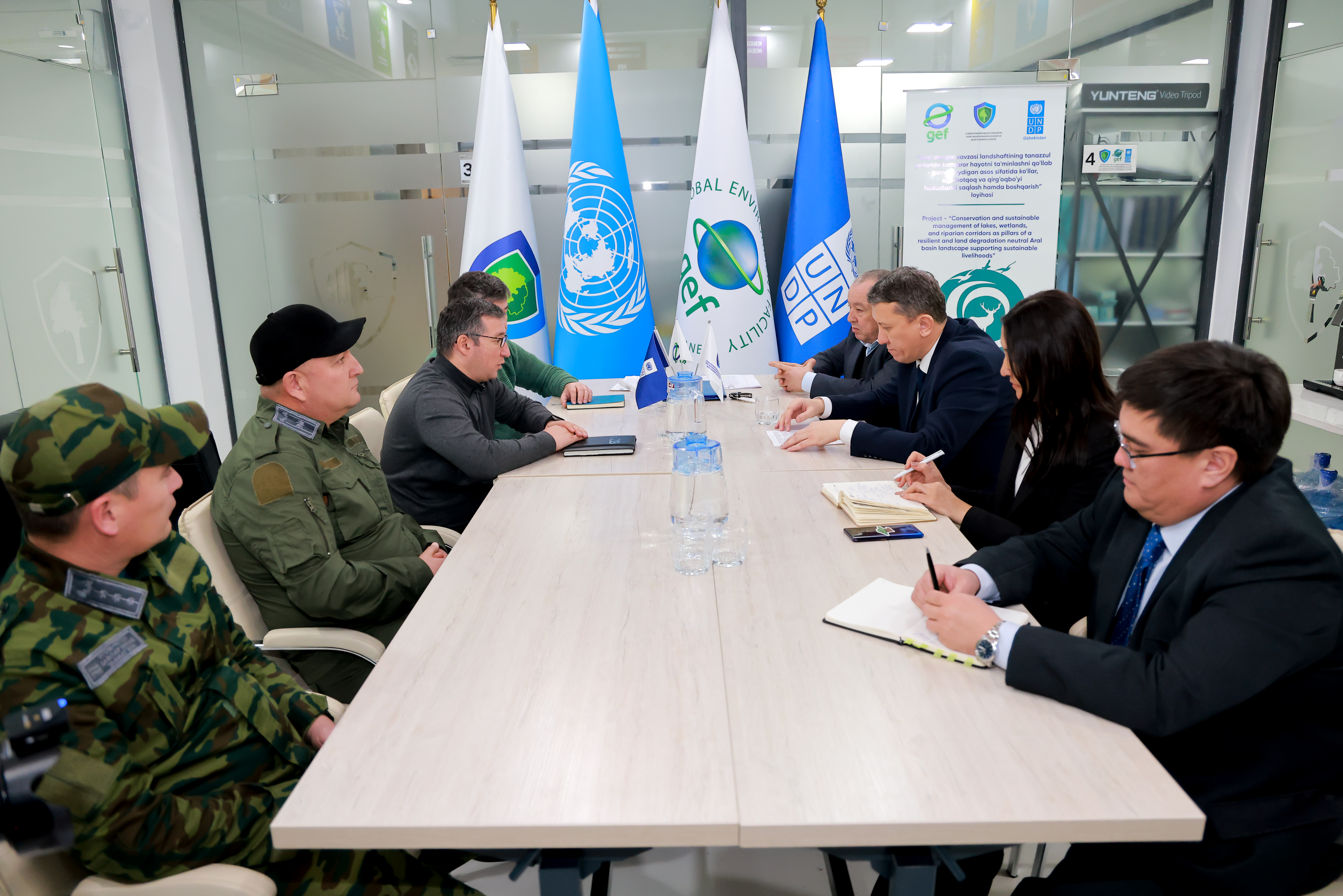
Vehicles are intended to support South Ustyurt and Central Kyzylkum newly established protected areas (PA) in 2020 and 2022 respectively considering their extremely large territories of 1.4 and 1.2 mln. ha. By the experts’ estimates, protected areas in the Aral Sea region protect only 1% of the endangered species and unique ecosystems due to the existing significant capacity gaps preventing them to fulfill their management objectives, including their insufficient technical base. The cars would serve as significant pieces of equipment that permit rangers to respond to emergencies quickly, patrol a large territory of PAs, especially the high-risk poaching areas. Ultimately, this called to contribute into achieving the planned positive changes in the population of globally significant biodiversity indicator species at the newly designated PAs. Particularly, South Ustyurt is home for more than 120 species of plants and more than 320 species of animals, among them Ustyurt sheep, Turkmen kulan, Indian honey badger, steppe eagle, and black vulture while Central Kyzylkum is habitated by more than 120 species of plants and more than 250 species of animals, including goitered gazelle, corsac fox, houbara bustard, golden eagle, saker falcon, steppe tortoise.
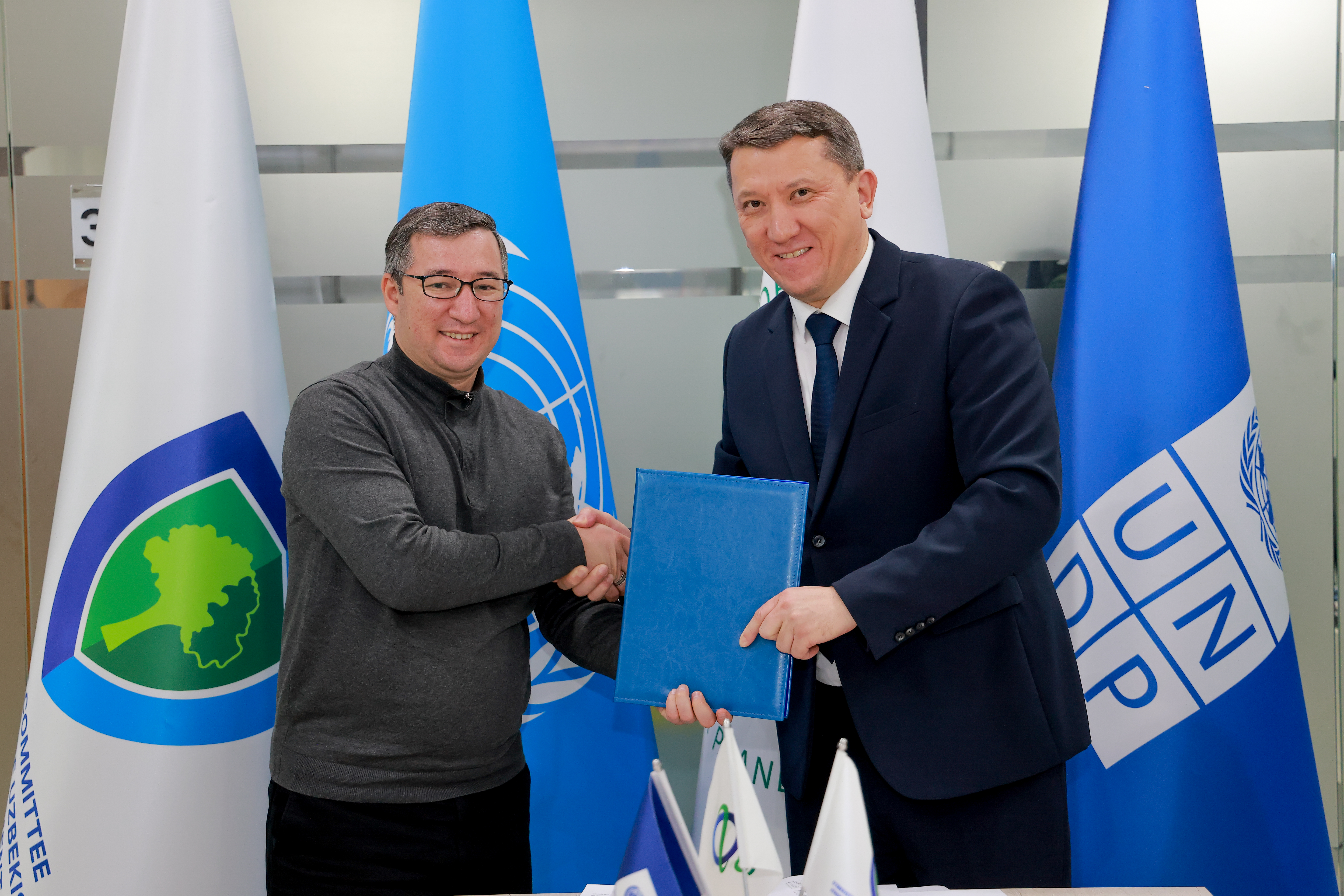
Biodiversity conservation relies heavily on protected areas. They are the critical tool to conserve biodiversity in the face of the global crisis of species extinction and the loss of the world’s natural capacity to support all life and human existence. At the same time, protected resources are often essential to assuring healthy communities. It is especially true for the Aral Sea region.
Government of Uzbekistan strongly committed to expanding protected areas coverage as it has increased recently from 4,6 to 14,2% of the total territory of the country.
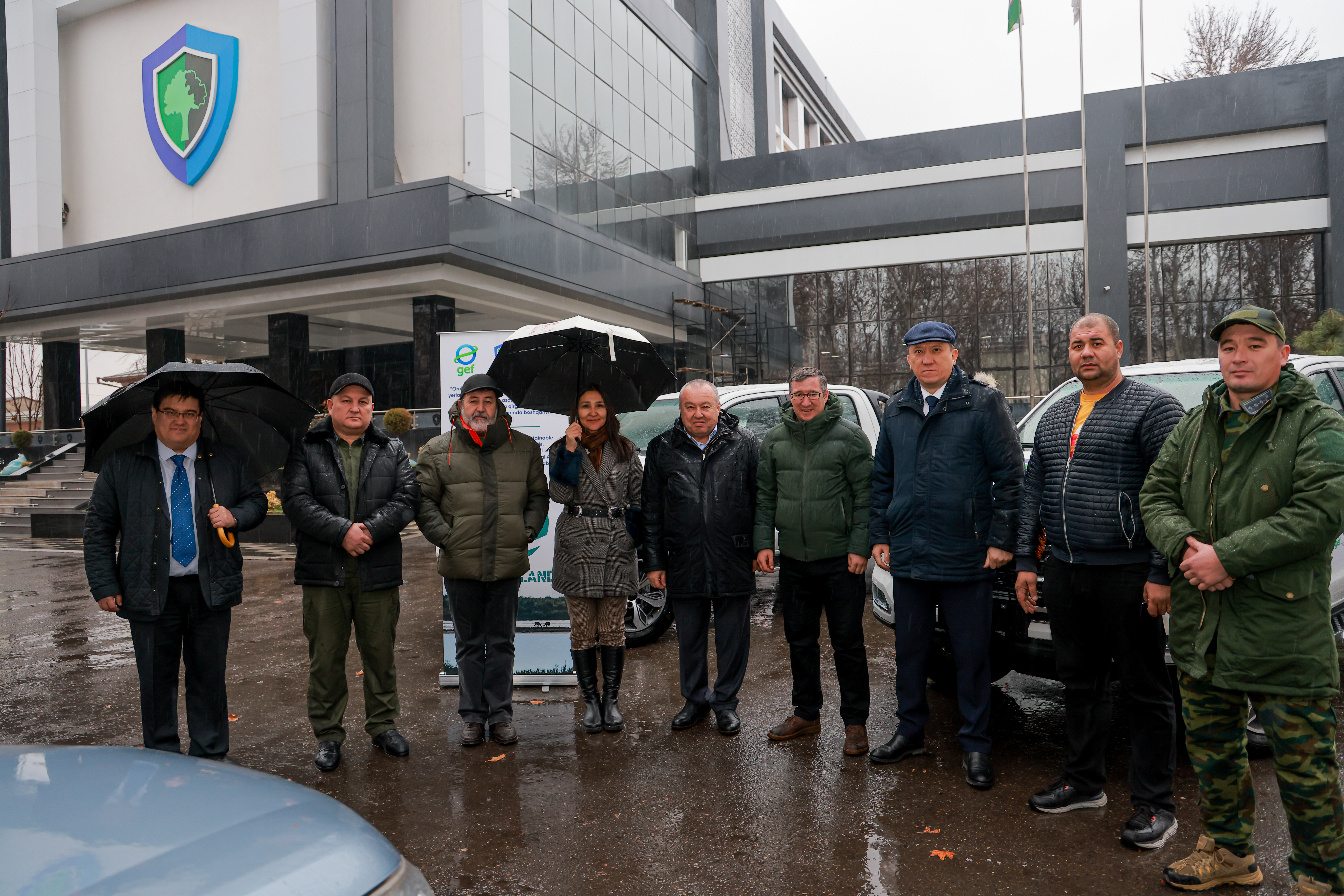
The main goal of the “Conservation and sustainable management of lakes, wetlands, and riparian corridors as pillars of a resilient and land degradation neutral Aral basin landscape supporting sustainable livelihoods” project is to improve the stability of ecosystems and livelihoods in the Lower Amu Darya and Aral Sea basins by preventing soil degradation in combination with integrated land and water resource management of productive landscapes around protected areas (PAs), key biodiversity areas and key bird areas (KBA/IBAs). The project’s work under Component 3 is focused on addressing direct drivers of biodiversity degradation, to protect globally important biodiversity, habitats, and species, through PAs system expansion and targeted support in strengthening the management effectiveness of some of the key existing PAs.
Moreover, the project provided various equipment, including binoculars, camera traps, GPS navigators, and field uniforms to pilot protected areas in the Aral Sea region to strengthen their material and technical base.

 Locations
Locations


